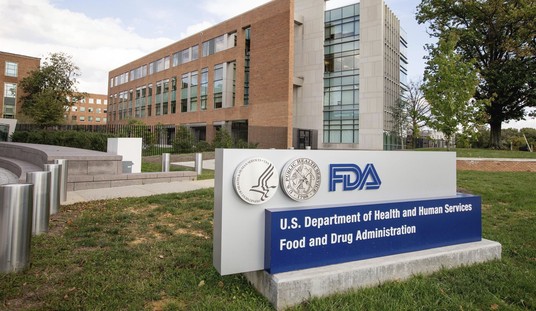Last month I detailed my experience at Hope Christian High School in Milwaukee, courtesy of The Franklin Center’s School Choice Conference. Hope was the most impressive high school I’ve ever seen, but it wasn’t the only school I had the privilege of visiting while in Milwaukee. Boarding our yellow school bus again, we traveled to Bruce-Guadalupe Community School.
As children played on the playground outside, we stepped inside the school entrance which had a museum-like quality. Beautiful pictures and artifacts adorned the walls, a celebration of the rich cultural heritage shared by the students, of whom nearly all areLatino. The principal, Pascual Rodriguez, explained the basics of the school to us.

Bruce-Guadalupe Community School (BGCS) serves over 1,000 students Pre-Kindergarten through eighth grade and their families. The entire campus is located in the United Community Center, which provides an amazing array of programs for families in the community. It is a charter school which students can only attend through a lottery system. 80% of the students live in poverty and, as Spanish is the primary language spoken at home, many of them come to the school not knowing English. However, the school is English language so one of the first challenges the teachers’ are tasked with is teaching the students to speak English; all students are fluent by age 5.

Due to the fact that the school maintains a stringent program, most parents choose to send their children to private high schools once they leave BGCS. There is actually a high school fair where students from BGCS, who outperform the state, are recruited by area high schools. The community center helps parents cover the cost of private school, which 60% go on to attend, while other students choose from 10 -12 other local high schools. Whichever path they choose, BGCS continues to support their alumni with a pre-college program.
As our question and answer period drew to a close, the most adorable line of quietKindergartners walked behind us and, given the choice of starting our tour on the elementary or middle school side, I was happy to follow in their little footsteps. Again, I was captivated by old photographs and quotes that lit up the hallway leading to the elementary school.
You cannot uneducate the person who has learned to read.
You cannot humiliate the person who feels pride.
You cannot oppress the people who are not afraid anymore.
The words of Cesar Chavez gave way to the most colorful of hallways, as any parent of an elementary-age student can imagine. Art projects and written reports surrounded us as we were met with curious smiling faces checking us out through the open doorways. After visiting one of the ample classrooms that was flooded with light from all the windows, we moved along to the middle school side. It was there that we were told about the nationally recognized music programs that the elementary and middle school boast. Aside from band and orchestra, students can also participate in a jazz band. Truly BGCS was a superb school, but it was the information I received next that really makes the school stand out.
Instead of trying to separate themselves from the community center they are located within, BGCS has integrated into it. Many of the parents work in the community center and grandparents participate in the elderly program. “Cradle to the grave,” was how Principle Rodriguez half-jokingly described the program. Middle-schoolers go to visit those in the elderly program and hear about their life experiences, giving different generations an opportunity to connect and learn. There is a trust and familiarity that is created between the school, center and families. One example given was that of a child who needs to attend summer school – as the whole family has a relationship with the school, it’s easier to discuss how to best meet the needs of the child. And as the trust is built early, it makes it easier to stay connected with the students and families when the time comes to prepare for college.
BGCS’ community-based program was one I hadn’t considered before and it was inspiring to see it in action. Would it work in every community? I don’t know. Fortunately, it doesn’t have to. The biggest idea I took away from The Franklin Center’s conference was the beauty of the many different ways school can be done. Hope Christian High School and Bruce-Guadalupe Community School are very different schools yet both are incredibly successful. We know all children aren’t the same, different learning styles, different backgrounds, beliefs, abilities, ect. We should be embracing those differences, creating schools around them, and modernizing the very foundation of what we think of when we think of “school.” That many think the current “one size fits all” school system is just fine shows we still have much to learn.














Join the conversation as a VIP Member